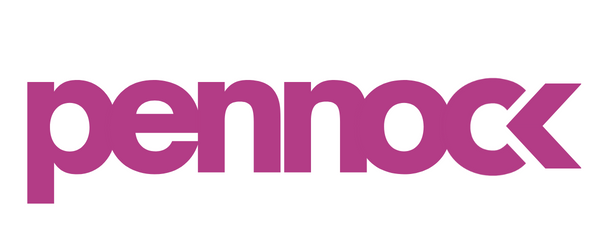What is Return on Ad Spend (ROAS)?
Demystifying ROAS, MER, ACOS, and Weighted CAC: Key Performance Metrics in Modern Marketing
In today’s data-driven marketing landscape, understanding performance metrics is crucial for optimizing campaigns and maximizing business growth. As the founder of Pennock.co, I’ve guided numerous brands in leveraging these metrics to achieve measurable success. Let’s break down four pivotal metrics—ROAS, MER, ACOS, and Weighted CAC—that every marketer should master. Check out our calculator tools here.
ROAS (Return on Ad Spend)
ROAS measures the revenue generated for every dollar spent on advertising. It’s calculated using the formula: ROAS = Revenue / Ad Spend For example, if you spend $1,000 on ads and generate $5,000 in revenue, your ROAS is 5. This metric is invaluable for assessing the effectiveness of your paid media campaigns and identifying high-performing strategies. A strong ROAS varies by industry, but aiming for a positive ratio is the ultimate goal.
MER (Marketing Efficiency Ratio)
MER provides a holistic view of marketing performance. It is calculated as: MER = Total Revenue / Total Marketing Spend Unlike ROAS, which focuses solely on ad spend, MER incorporates all marketing expenses, including influencer partnerships, creative production, and SEO efforts. A higher MER indicates your marketing ecosystem is driving efficient revenue growth. Here is our last article on this topic.
ACOS (Advertising Cost of Sale)
ACOS is popular in marketplaces like Amazon and measures the percentage of revenue spent on ads. The formula is: ACOS = (Ad Spend / Revenue) x 100 For example, if your ad spend is $500 and your revenue is $2,000, your ACOS is 25%. Lower ACOS suggests better ad efficiency, though balance is key—overly low ACOS might hinder scalability.
Weighted CAC (Customer Acquisition Cost)
CAC evaluates the cost of acquiring a customer, but Weighted CAC adds nuance by factoring in customer value tiers or acquisition channels. The formula remains: Weighted CAC = Total Acquisition Cost / Number of New Customers To determine Weighted CAC, assign weights based on revenue or retention for each customer group. This metric allows marketers to pinpoint where to allocate resources for the most impactful outcomes.
Other Metrics to Consider
Attention Metrics: These KPIs assess how long users engage with your ad content, offering insights into creative effectiveness and audience retention.
Customer Lifetime Value (CLV) Attribution: This metric ties paid media efforts to long-term customer value, helping brands optimize for sustainable growth rather than short-term wins
Using Metrics to Drive Campaign Success
While these metrics each tell a story, the real power lies in combining them to guide strategy. For instance, pairing ROAS with Weighted CAC can reveal not only which ads are profitable but also whether the customers they attract bring lasting value. Similarly, tracking MER alongside ACOS can help optimize spend across different platforms.
In luxury branding, where campaigns require a balance of emotional resonance and financial efficiency, these metrics become even more critical. They are the compass that directs brands toward not just conversion but sustainable growth.

